|
Today we'll end our tour of the Regensburger Domschatz with three splendid paraments stitched in the 19th century. Generally speaking, I am not a huge fan of these 'newer' paraments as they tend to become too simple and almost hasty in their stitching techniques. This is especially true of paraments of the second half of the 20th century. However, the three pieces you are about to get acquainted with are still proof of high craftsmanship. The first piece is an antependium (Inventar-Nr. D 1974/88) or altar cloth entirely stitched with tiny seed beads! Do have a look at the enlargement of Luke's head and you'll see what I mean. The piece was stitched in Regensburg around 1890 and designed by Dean Georg Dengler (1839-1896). Dengler designed various pieces and saved many pieces of Christian art for future generations to admire. The largest piece in the collection is part of a throne baldachin (Inventar-Nr. D 1974/123). It was made in Southern Germany at the beginning of the 19th century. It contains, however, older parts. On red velvet, large floral motives in gold and silver threads are appliqued. The exotic flowers are filled with basket weaving patterns, whereas the stems and outlines are stitched with the guimped couching technique. The piece was donated by Archbishop Karl Theodor von Dalberg (1744-1817). A true child of his time, he was not only a church man, but also a Prince-Primate and a Grand Duke. The last sparkly piece I'll show you is a cope worked in goldwork and silk embroidery. It was made in Southern Germany in 1871/73 and donated by Bishop Ignatius von Senestrey (1818-1906). That's the end of our tour through the paraments of the Regensburger Domschatz. I hope you liked seeing these ancient splendours of embroidery craftsmanship. Next week I'll show you my embroidered version of Millie Marotta's fox. Fingers crossed I'll finish it on time...
2 Comments
I was never much of a Barbie's girl, however I do now wonder if Mattel ever made a bishop version. I would definitely buy one! And you might one too after you've seen the splendid gold and silk embroideries in this third post on the Regensburger Domschatz. When you enter the exhibition, you are greeted by this splendid mitra pretiosa (Inventar-Nr. D 1974/92), and precious she is indeed. Heavily encrusted with gold and silver embroidery, fresh water pearls and gem stones. The floral motives are worked in the guimped couching technique with a fine passing thread over card. Fillings are worked in various fine basket stitch patterns. Wheat ears are worked with looped purls and sequins are sewn down with fresh water pearls. The piece was made in 1793/94 AD in Regensburg. The mitre consists of two tapered shields (cornua) sewn together at the sides. The lining of the mitra is essentially still a cap. The two bands on the back are called vittae and symbolise the Old- and the New Testament. These episcopal gloves (Inventar-Nr. D 1974/93) date to the mid-18th century and were made in southern Germany. The extended cuffs (anicalia) are embroidered with delicate coloured silk and gold thread embroidery. Today, episcopal gloves are only seldom worn by bishops and other prelates. Of a completely different style is the cope (Inventar-Nr. D 1974/120) of the so called Stingelheim set. These liturgical vestments were donated by Dean Georg von Stingelheim (1741-1759). The vestments were made in 1740 AD in southern Germany. Colourful floral silk and gold embroidery on withe silk fabric. Look at the beautiful shading of the green leaves and the red central flower. One of my favourite pieces in the exhibition is this chasuble (Inventar-Nr. D 1974/112) covered in beautiful silk shaded flowers on a satin background. Texture is added by basket weave couching techniques in the cornucopias from which the flowers sprout. The shading is exquisite and the colours are still really strong and vivid. I can clearly see my little bishop doll wearing a miniature version of this!
I hope that these pieces have brightened your day too. And maybe they have even inspired you to a new embroidery piece. Do share your ideas below. Literature Hubel, A. (Ed.) (1976): Der Regensburger Domschatz. München: Schnell & Steiner. Today we will explore the post-medieval (16th and 17th century AD) paraments from the Regensburger Domschatz. The oldest piece, the hood of a cope, dates to the first half of the 16th century and was made in southern Germany. It is a very interesting piece as it consists of raised (stumpwork) embroidery. The scene depicts the last judgement. Unfortunately, this piece is really badly displayed: in a dark corner, where two sheets of glass meet. Why do museum conservators hate us interested embroiderers so much? This detailed picture shows many different stumpwork techniques. I particularly like the curliness of the figures' hair and the draping of their clothing. The background couching of the metal and silk threads is quite nice too. The piece made me chuckle when I started to study it more closely. Although the post-medieval period saw a revival of the practice of post-mortem examination, the results were clearly not widely available... Jesus' six-pack is of the same anatomical strangeness as seen on other contemporary art forms such as paintings and statues. Lucky for Jesus that things would soon make a turn for the better in the Renaissance period. The next piece I would like to show you is a chasuble (Inventar-Nr. D 1974/106) from the first half of the 17th century. It consists of a silk silver moire with bands of heavy gold and silk (yellow) embroidery. The gold embroidery consists of many small floral motives. It probably sparkled lovely in the candle light, but up close it looks a little too much and chaotic. On the lower back, the heraldic shield of the counts of Lodron, an Italian noble family is displayed. The last piece I am showing you today is a bursa from the second half of the 17th century. The bursa contains the corporale, a piece of fabric on which the Holy Communion is prepared. The red taffeta bursa is densely covered in metal thread embroidery. The alternating use of plate and twist threads over padding in some of the leaves is an interesting idea.
With this magnificent bursa I leave you this week. I am planning two future posts on the Regensburger Domschatz as there was sooooo much to see. Stay tuned if you would like to see a huge altar cloth entirely stitched in tiny seed beads. Last Thursday, I and my husband visited beautiful Regensburg, Upper Palatinate, Bavaria. As the skyline is dotted with spires, there's bound to be paraments. The Domschatz Museum sounded like a good hiding place. A small but very fine collection of exquisite paraments awaited us spanning the medieval to modern period. Although lighting was limited and sometimes really poor, I was able to take some good pictures. Too many to squeeze into one post. This post covers the medieval pieces and two future posts will deal with the post-medieval and modern paraments respectively. So do check back in the coming weeks if this is your cup of tea! The oldest piece on display is the so called Wolfgang Chasuble dating to the middle of the 11th century AD and made at Regensburg. Although this chasuble was never worn by St. Wolfgang of Regensburg (died 994 AD), the fact that it was attributed to him likely aided its survival. As you can see, only part of the original background fabric (a patterned blueish-purple silk) survives. However, the embroidery is in pretty good nick. Not bad for a piece of needlework that is nearly a 1000 years old! The embroidery depicts bands of alternating golden birds and quadrupeds biting into golden floral spirals. The background surrounding the animals and spirals is filled in with fine split stitches in silk thread. They used a bright blue, a grass green, white, grey and honey yellow. The split stitches surrounding the animals follow the circular flow of the spirals as well as the contours of the animal. The split stitches filling the areas between the spirals are worked more irregular. The animals are filled in by couching a single thread of very fine gold. Instead of the normal bricking pattern, horizontal lines are formed by the couching stitches. To enhance definition in the animals and spirals, a red silk thread is worked on the outlines. The embroidered bands are flanked by tablet woven bands depicting leopards and flowers. During my visit, I also came across a parament I had never seen before: a rationale from the first quarter of the 14th century made in Regensburg. It is given as a special papal distinction to bishops and was worn over the chasuble. This particular parament was inspired by the breast plates worn by the Jewish high priest. The use of the rationale mainly died out in the 13th century and today only a few bishops still wear one. This detail shows St. Jacob. His head and hands are stitched in fine split stitches with silk threads. The background consists of a myriad of geometric patterns using couching with fine gold threads of various sizes. The last piece dating to the late medieval period consists of a beautifully stitched crucifix re-used on a purple chasuble of later date. The embroidery dates to 1420 AD and was possibly made at Regensburg. It consists of gold embroidery and silk embroidery. Unfortunately, the light was so bad that detailed pictures were impossible to obtain.
The late medieval period marks a change in the liturgy and therefore in the shape and decoration of the chasuble. The Elevation of the Host before communion made it necessary to reduce the amount of fabric draped over the arms (compare the bell shape of the St. Wolfgang chasuble with the purple chasuble above). The priests also started to celebrate mass with their backs to the congregation. The back of his vestment became a large canvas for conveying the evangelion (again, compare both chasubles). The heavier embroidery called for lining. This in turn made the vestment much heavier and more solid, making it less suitable for raising the host as it trapped the arms. Born was the chasuble that leaves the arms largely free. More about that in my next post on the post-medieval paraments form the Regensburger Domschatz! Want to read more on German paraments? Karen Stolleis's book 'Messgewänder aus deutschen Kirchenschätzen vom Mittelalter bis zur Gegenwart' (2001, ISBN 9783795412548) is a real gem. Literature Hubel, A. (Ed.) (1976): Der Regensburger Domschatz. München: Schnell & Steiner. Save the date! In September, ArtTextil organizes an interesting exhibition in Dachau, Germany. Many different works of textile art, inspired by journeys and travels in different cultures and countries, will be on display. P.S. I am more than a little proud that they choose my piece as the background for their posters and flyers!
As promised in my last post, a few more deliciously stitched goodies from the National Museum in Munich. One of my favourite pieces is this golden dragon slip (Inv. Nr. T3792). The dragon looks really live like and three dimensional. This is achieved by couching the membrane gold (comparable to Japanese Thread) over clever padding. The darker underside of the dragon's belly and the shadow side of its tail and neck are worked in or nue with red silk. I particularly like his face with its detailed expression. This dragon was probably once stitched onto a banner or a cape. It was stitched around AD 1430 in southern Germany. The dragon is besieged by the Christian cross on its back. This symbol was part of the late medieval Order of the Dragon founded by Sigismund, Holy Roman Emperor. The noble knights were obliged to defend the cross and fight the infidels. Another adorable little piece consists of an Agnus Dei capsule stitched around AD 1450-1470 in southern Germany. These capsules were made to preserve a piece of the burned down Easter candle. This particular capsule shows the Lamb of God on one side and the head of Christ on the other. The body of the lamb is covered in freshwater pearls. Red velvet covered with spangles is used as a sparkling background. Unfortunately, the museum does not have a picture of the other side of the capsule on display. And last but not least, a huge piece of fantastic surface embroidery (Inv. Nr. T1742). The piece probably once adored the altar. Stitched around AD 1500 in Swabia, Germany with linen yarn on linen. The cloth shows the popular imagery of a unicorn hunt in a secluded garden. Remarkable about the piece are the many different filling patterns in needle lace technique. The figures are outlined in a dark chain stitch and then some areas are filled with intricate patterns of needle lace. Other areas are filled with what seems satin stitch, couching and cretan stitch. Truly a piece I could study for hours!
The National Museum has a handful of Late Medieval/Renaissance chasubles on display. By far and large, these are my favourite embroidered objects in any museum. You are in for a treat. The embroidery on the first chasuble (Inv. Nr. T278) was executed in Cologne in the third quarter of the 15th century (1450-1475 AD). The intricate diaper patterns were made using 'Häutchengold' or membrane gold also called Cypriot gold thread. It is comparable to Japanese gold, but was made by gluing gold leaf onto animal gut subsequently wrapped around a core of coloured silk or white linen. Here you can find an interesting article on medieval gold thread production by David Jacoby (2014). And here you can find an older article in German by Brigitte Dreyspring (2007). In the early 16th century, the embroidery was rearranged on the green velvet it is attached to today. Another chasuble (Inv. Nr. 65/163) with re-used late medieval (c. 1500 AD, Rhineland) embroidery. Click on the pictures to see a close up of the figures executed in fine silk embroidery and surrounded by diaper motives in membrane gold. However, the most elaborately stitched chasuble (Inv. Nr. T1499) is the one above. Do click on the pictures as the detail is stunning. The gold and silk embroidery was executed in Italy around 1500 AD. To achieve such a rich texture, the embroiderers used string padding and applique slips on both the silk figures and the oriental architecture. The style reminded me a bit of chasuble remains in the Catherijne Convent Museum, Utrecht (NL), showing the vita of St. Martin and St. Willibrord. However, those were made around the same time, but in the Netherlands.
I have been toying for a while with the idea of trying to replicate some of the highly textured architectural background of these pieces. If only I could find the time :). However, when I do, I will share the process with you. I have a few more goodies to show you from the National Museum, so stay tuned! Literature Durian-Ress, S. (1986): Meisterwerke mittelalterlicher Textilkunst aus dem Bayerischen Nationalmuseum. München: Schnell & Steiner. Until late 2016, the National Museum has a small exhibition on embroidered clothes from 1780-1800 on show. Together with the other textile collections, it is well worth a visit. Living too far a way to pop over and have a look? No worries. Let me show you some exquisite silk embroidery. Centrepiece of the exhibition is a Robe paree, a French female court dress from 1780-1790. It was altered three times to follow changes in fashion. The dress ended up in the museum as 20 separate parts and was recently pieced together again. Its cream satin is lavishly embroidered with silk embroidery using satin stitch, stem stitch, knots, needle lace, goldwork, paper padding and applique. In all, there are 20 different dainty little flower patterns consisting of roses, pansies and bellflowers scattered on the dress. Larger patterns consisting of garlands and bouquets of roses, carnations and forget-me-nots. They are stitched using 14 different colours of silk. Now that we've seen the dress of a lady at the French court, what did the accompanying boys look like? Very colourful! Their mostly unicolour satin frock, trousers and waistcoat were richly embellished with colourful silk embroideries. These embroideries were placed along the seams, the cuffs and collar. Patterns mainly consisted of floral motives, little birds or Chinese scenes in satin stitch, stem stitch and knots. Again goldwork techniques, padding and applique are used as well. Tambour embroidery was used on garments made in Italy. Matching passementerie buttons completed the stylish outfits. Who made these lovely embroideries? The French court employed its own embroiderers and maintained its own embroidery workshops. Apart from that, Lyon was an important centre of silk and goldwork embroidery. In the late 18th century, apparently 6000 female embroiderers were occupied. The garments were stitched on large embroidery frames and tailored into clothes afterwards. The many uncut finished embroideries show that clients could buy these and have them custom made into a finished garment. Alternatively, they could flip through a catalogue with sample pieces. Either drawings or actual pieces of embroidery. The Bavarian National Museum sells a lovely little booklet on the exhibition. With only 67 pages it gives a good discription of pieces on show. And more importantly, it is jam packed with detailed close up photographs of the embroidery. Good enough to see individual stitches. There are even a few photographs of the backs of the embroideries! You can order your copy of Mode aus dem Rahmen here. My absolute favourite would have been the uncut finished ambroidery with the large flowers and tulips on the cream coloured satin. It is absolutely spectacular! However, my husband did not seem keen on wearing it... What's your favourite? And do you own and wear embroidered garments? Please leave your comment below.
I'll leave you with a detailed picture of one of the gloves. As these were not the only embroidered textiles on display at the Bavarian National Museum, I will write two more blog posts in the future. One will be dealing with embroidered costumes from the Baroque period and one will consider the ecclesiastical embroideries. Please leave a comment below if you liked this historical post!
Literature Borkopp-Restle, B. (2002): Textile Schätze aus Renaissance und Barock aus den Sammlungen des Bayerischen Nationalmuseums. München: Bayrische Nationalmuseum. |
Want to keep up with my embroidery adventures? Sign up for my weekly Newsletter to get notified of new blogs, courses and workshops!
Liked my blog? Please consider making a donation or becoming a Patron so that I can keep up the good work and my blog ad-free!
Categories
All
Archives
April 2024
|
Contact: info(at)jessicagrimm.com
Copyright Dr Jessica M. Grimm - Mandlweg 3, 82488 Ettal, Deutschland - +49(0)8822 2782219 (Monday, Tuesday, Friday & Saturday 9.00-17.00 CET)
Impressum - Legal Notice - Datenschutzerklärung - Privacy Policy - Webshop ABG - Widerrufsrecht - Disclaimer
Copyright Dr Jessica M. Grimm - Mandlweg 3, 82488 Ettal, Deutschland - +49(0)8822 2782219 (Monday, Tuesday, Friday & Saturday 9.00-17.00 CET)
Impressum - Legal Notice - Datenschutzerklärung - Privacy Policy - Webshop ABG - Widerrufsrecht - Disclaimer

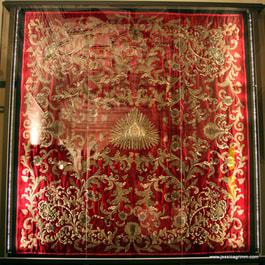
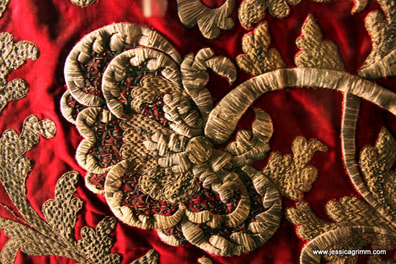
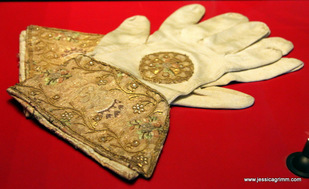
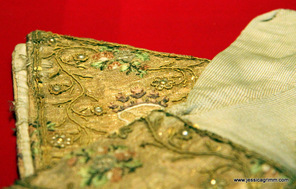
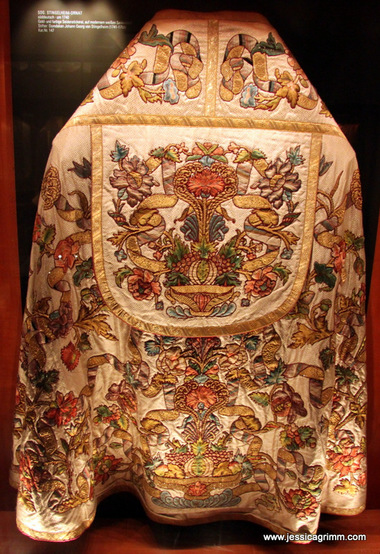
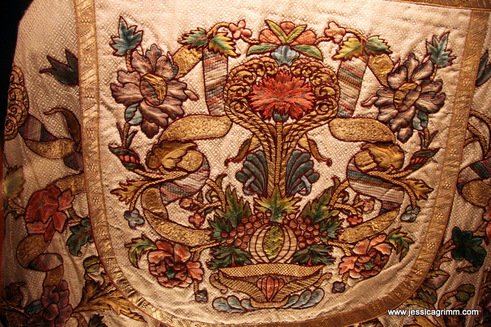
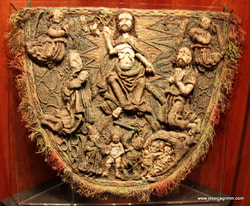
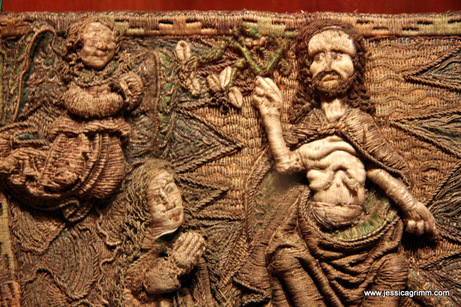
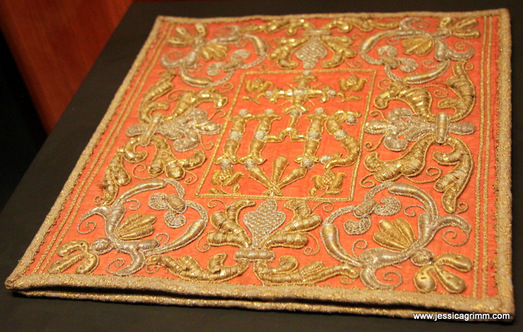
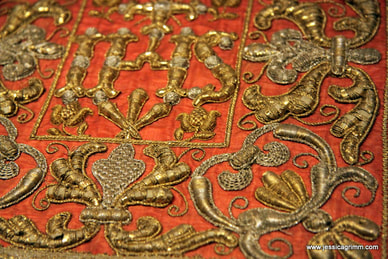
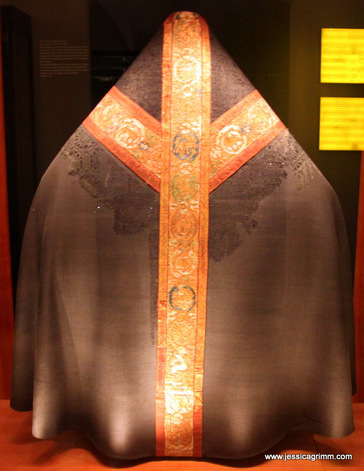
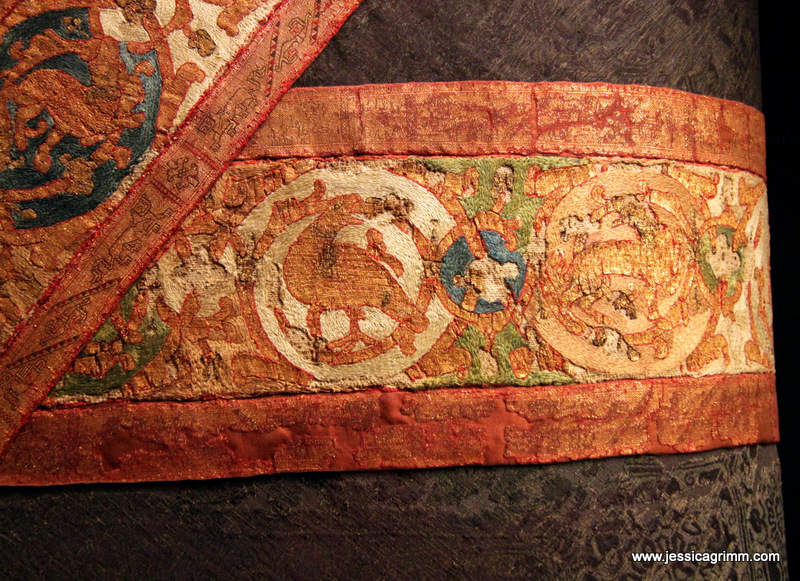
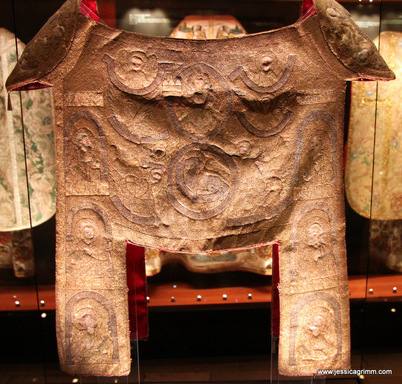
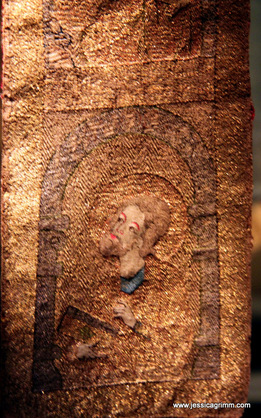
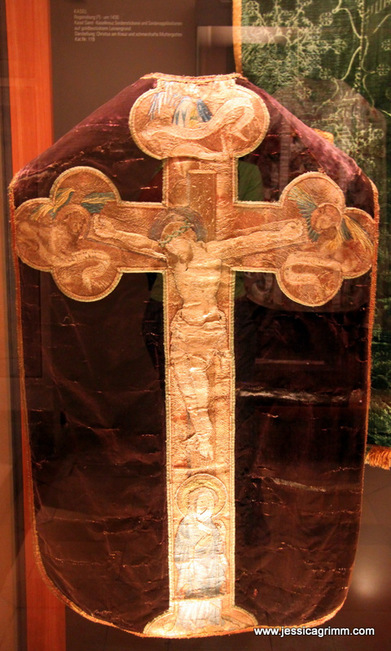
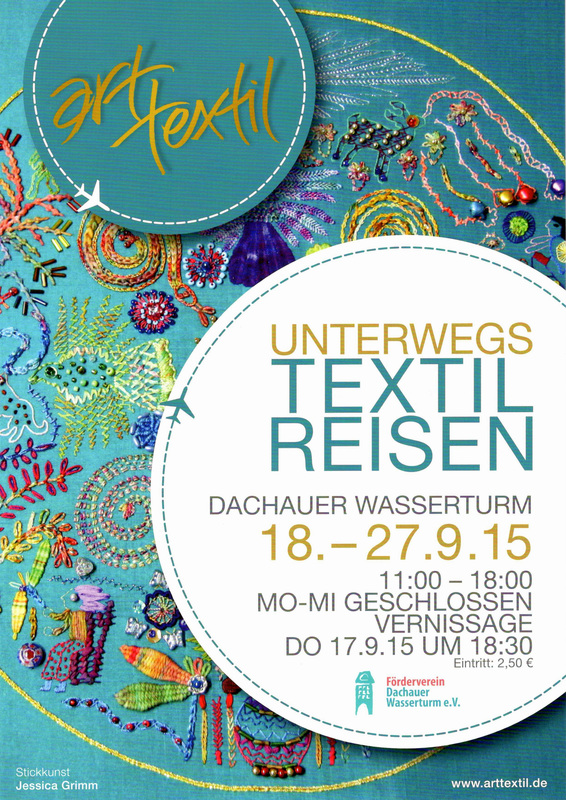
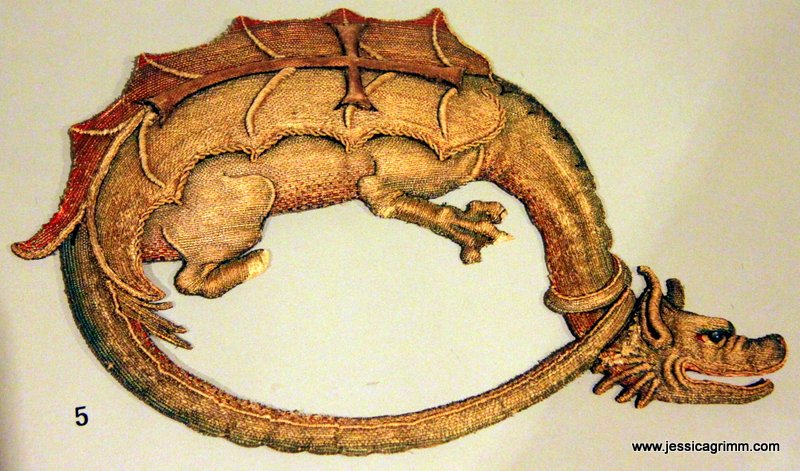
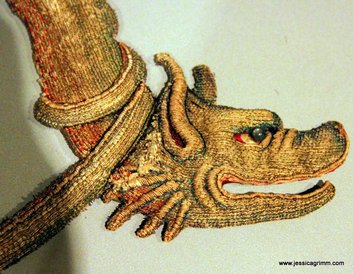
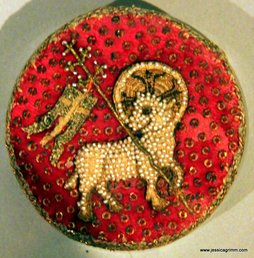
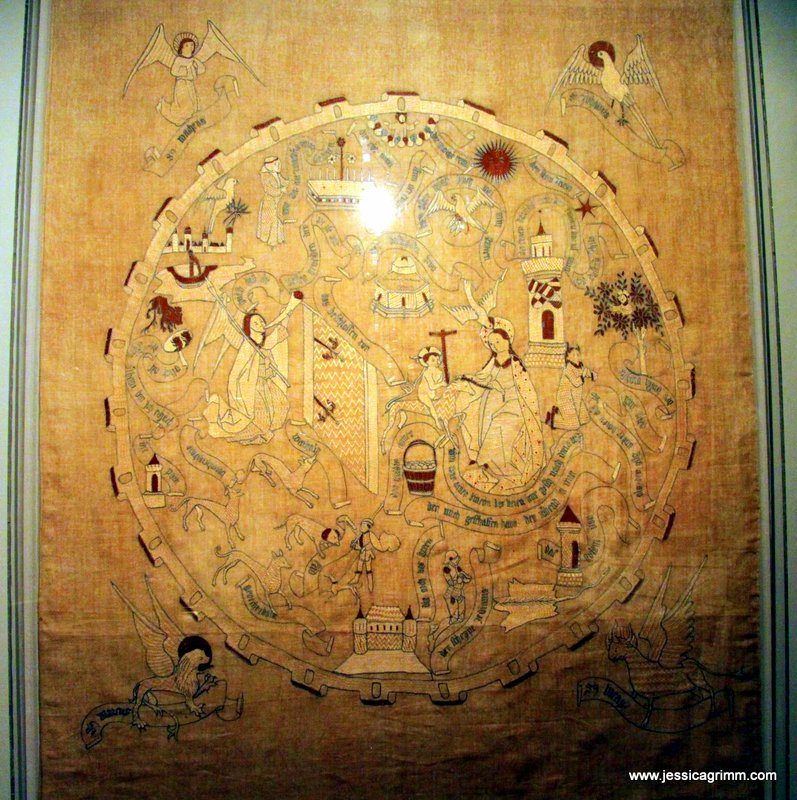
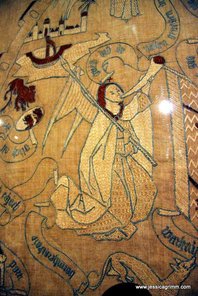
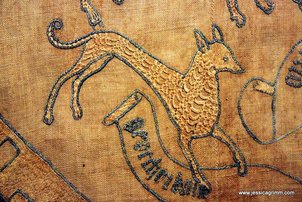
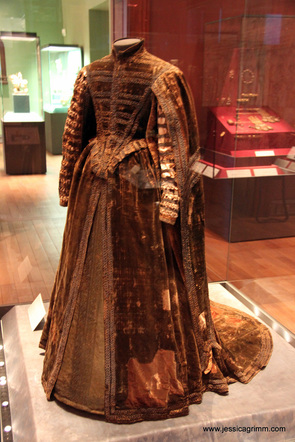
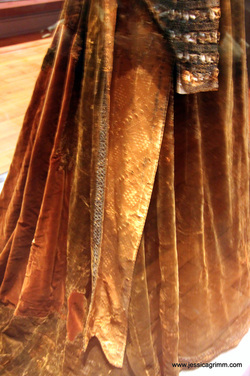
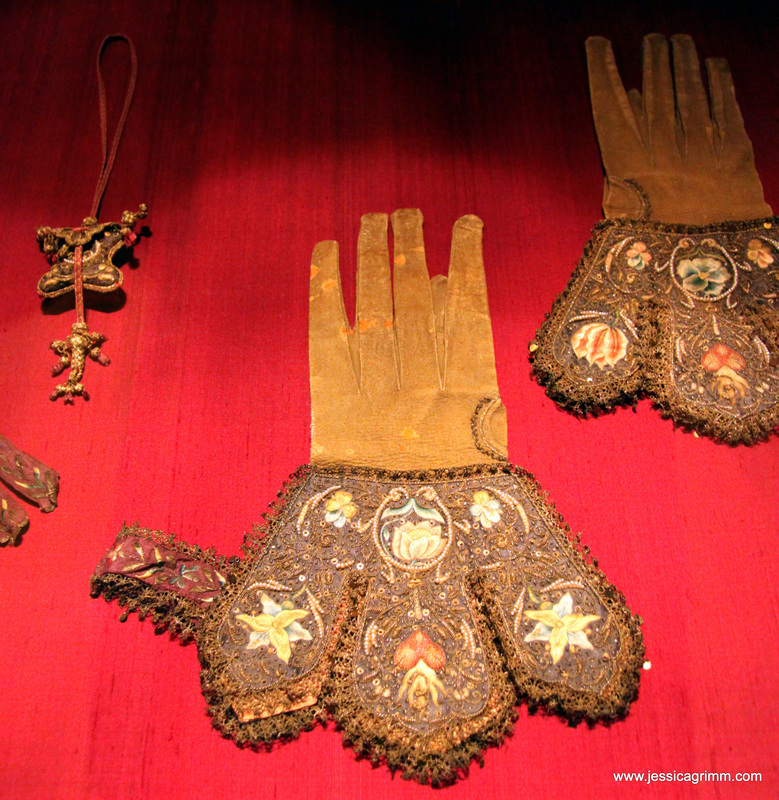
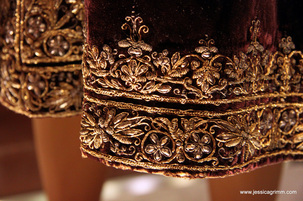
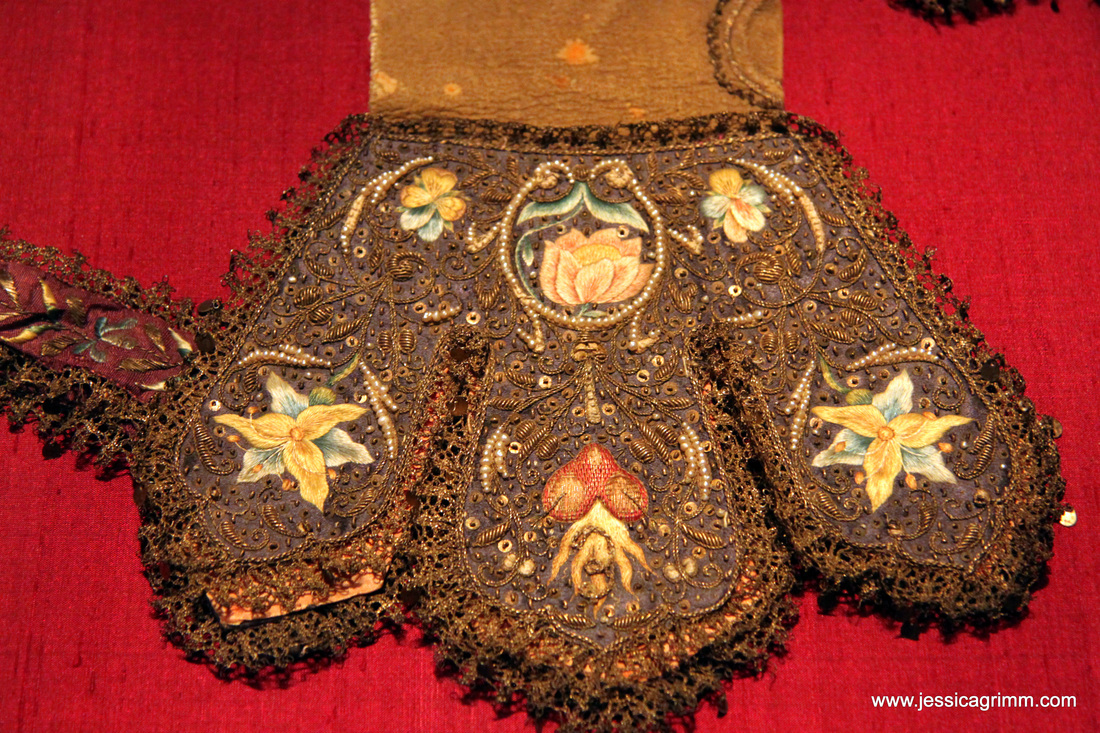




 RSS Feed
RSS Feed